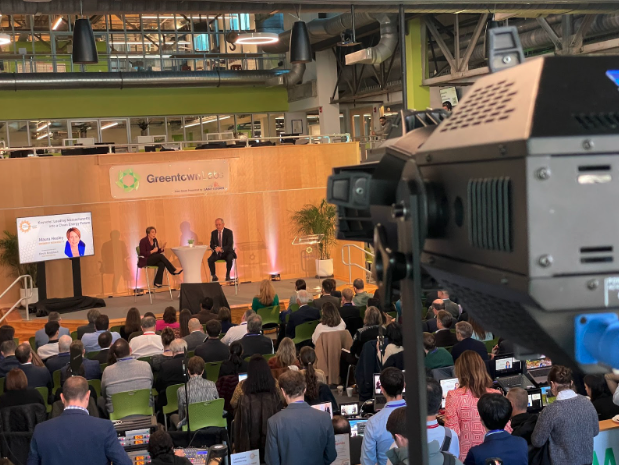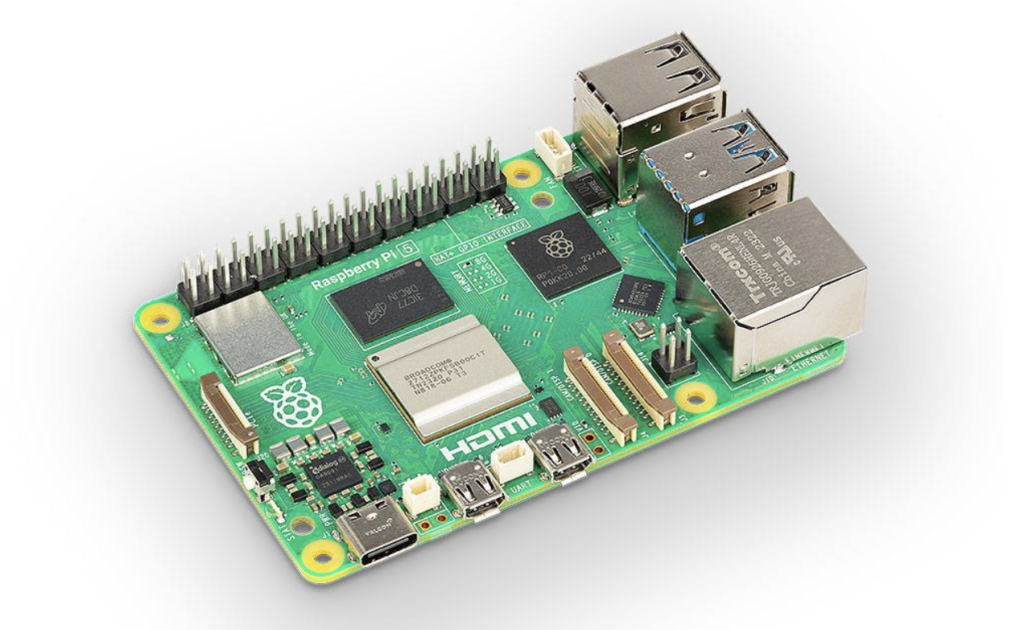
In the last decade, IoT products have gone from being interesting whimsies to essential consumer devices. Since its popularity surge, new innovation, like Particle, has made IoT development easier and more efficient.
The Future of IoT Product Development is Particle
In the early days of IoT, you needed a whole team of electrical engineers and programmers to bring a connected product to life. Fortunately, as the industry has matured, so have the tools to program, connect and control devices. Now there are many solutions, such as web programs and apps, that allow developers to get their prototypes connected quickly. One of our favorites at Enventys Partners is called Particle, a fully-integrated platform that makes deploying IoT a breeze.
Integrated Hardware and Cloud Solution
Particle is an integrated hardware and cloud solution that allows you to monitor and control your IoT products remotely. Their latest generation of development boards includes Boron (cellular and Bluetooth), Argon (WiFi and Bluetooth) and Xenon (Bluetooth mesh). Built on the Feather platform, a smaller version of the asymmetric pin design reminiscent of the Arduino, Particle products are compatible with a variety of peripheral devices like OLED screens, relays, and LED drivers. As the one-stop-shop for IoT creation, Particle also offers development kits that include sensors and a variety of other features. With prices ranging from $19 to $80, you can purchase a single product or bundle through Particle’s ecommerce store or other online retailers.

The Particle Argon uses the Feather circuit footprint, making it easy to connect peripherals like this OLED display which monitors the sensors on the breadboard.
Program and Monitor via the Cloud
All Particle devices can be connected and monitored via the Particle cloud through Particle.io. Its web IDE (integrated development environment) allows devices to be programmed in a language close to Arduino. However, unlike Arduino and other development boards that need to be physically plugged into a computer, Particle devices are updated via the cloud and allow you to program them remotely. When on the console, a dashboard displays all of your devices so you can view specific data being gathered and send commands to perform desired actions. While Particle data services are free for prototyping, you will be charged monthly fees to use it after you’ve connected more than 100 devices.

This Particle dashboard shows pressure data and status from a Particle Argon.
Connecting Particle
Provisioning a Particle board is easy, straightforward and can happen within minutes. All you have to do is access the Particle smartphone app, scan the QR code on the top of the board and point the device to your WiFi network. No written code is required since the particle app has a feature called “Tinker” where you can control all of the analog and digital pins through a graphical interface.
Custom Programing
The web Particle console makes it easy to program Particle devices with custom code.
Through the console, you’re able to access the web IDE where you can create your own sketches for any of your connected devices. The code language is a modified C++, similar to Arduino, and allows for most Arduino sample code and libraries to compile to Particle devices. Since libraries that drive sensors and hardware are already hosted on the Particle cloud, you can add these libraries to sketches and send them to your devices anywhere in the world with a couple of clicks.
Particle Functions
The real magic of Particle is the Particle functions, which are special features that can be called in your code, allowing you to monitor and control devices through the app or web console. These functions are available across all of the Particle devices, require minimal coding and extract the power of Particle’s IoT capability. While there are many Particle functions, the primary concern for prototypers is Particle.variable, Particle.function, Particle.publish and Particle.subscribe.
Particle.variable
Particle.variable allows you to see the value of a variable from your code in the console. For example, if you have a temperature sensor hooked up to the device, you can see the current temperature in your web console after sending the value in a Particle.variable.
Particle.function
Particle.function allows you to perform a coded action when it is called from the console. For example, if you have an LED hooked up to the device, you can create “on” and “off” functions to turn the LED on and off.
Particle.publish
Particle.publish allows you to send sensor data or a status based on the data. For a temperature sensor, you can Particle.publish the actual sensor reading or set up a temperature status event where it sends the value of “normal” if the temperature is in a comfortable range or sends a value of “hot” if the temperature passes a defined threshold.
Particle.subscribe
Particle.publish and Particle.subscribe are related and make a powerful combination. Particle.subscribe allows a device to monitor the Particle cloud for specific events and perform actions based on them. For example, if a device listens to the temperature status events from above, it could drive LEDs to show the color green when it sees the event as “normal” or drives them red if the event changes to “hot.”
Prototyping with Particle
Since you’re able to flash devices remotely, Particle makes it easy to prototype while away from the lab. For example, our team used a Particle Argon when creating the Riego smart plant watering system. We chose this solution to control its watering events while the inventor had Riego on display at trade shows like CES.

The Enventys Partners team used the Particle Argon in this prototype of the Riego smart garden system. It gave us the ability to push data to our custom app and update the device code remotely.
Particle for End-Use Products
We’ve also built end-use products on the Particle system, such as the Flosonix lice treatment device. Flosonix uses a Particle board to send key metrics to the cloud, so we’re able to monitor the device’s performance and health. Additionally, our team can update it’s firmware remotely so Flosonix can stay out in the field.

The Flosonix lice treatment device was built on the Particle platform so our team can monitor key performance parameters and update the device firmware while it’s out in the field.
Particle for Hobby Enthusiasts
Even though, as Director of Engineering at Enventys Partners, I work with Particle all day, I’ve found myself using the innovation to build my own devices at home for fun. My latest Particle application is a water pressure monitoring device, which is an Argon hooked up to a pressure sensor misting system that cools my greenhouse. Not only do I Particle.publish the data, another Argon on my desk displays its pressure reading on an OLED display and changes the colors on an addressable LED ring from green (not watering) to blue (misting in progress). This way, I can make sure the cooling system is working correctly without having to access the Particle console or walk out to the greenhouse during the hot summer months.

My pressure sensor is piped into the PVC misting system and wired to the Particle Argon in the plastic case. With this setup, pressure data is being Particle.published to my dashboard.

This Argon Particle.subscribes to my sensor readings, displays the value on the OLED and changes the color of the LED based on a threshold value.
Enventys Partners Knows Particle
Enventys Partners has accumulated extensive knowledge and hands-on experience using Particle in order to build products quickly, easily and remotely. If you have a great IoT idea, reach out to learn how our product development team can help with Particle.
Work With Us
Want to learn more about how we’d prepare your product for launch? Request a quote today.
Want To See This Advice In Action?
Check out our case studies and learn more about how we’ve achieved stellar results for our clients.



